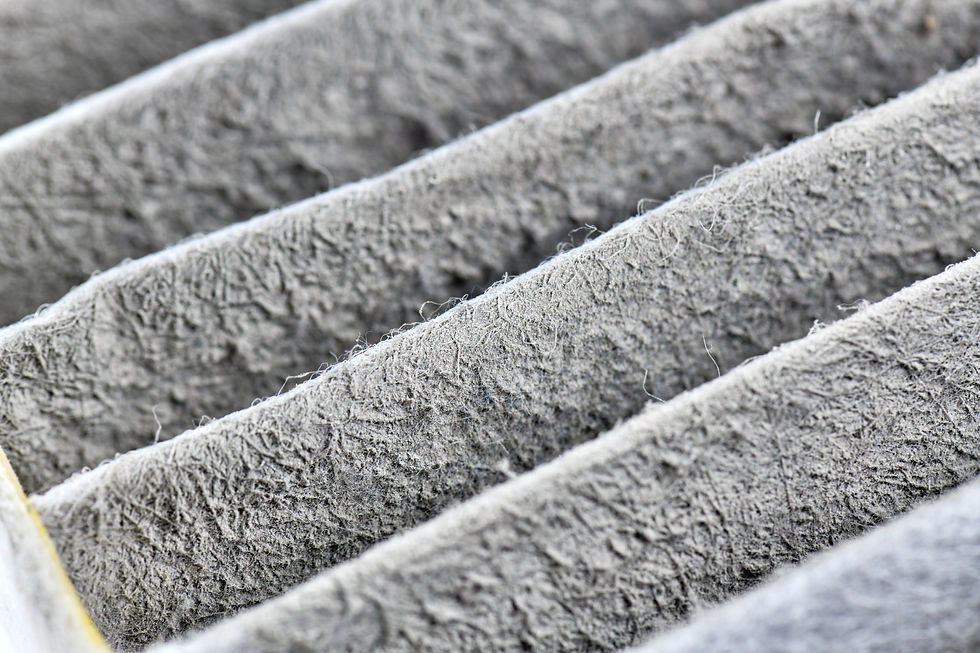The Environmental Advantages of Building Green
- Jennifer Crowley
- Jul 28, 2023
- 3 min read
Updated: Jul 9, 2024

As concerns about climate change and the environment continue to grow, more and more people are turning to sustainable building practices. One popular approach is green building, which seeks to minimize the environmental impact of construction and promote a healthier, more sustainable way of living. In this post, we will explore the concept of green building and its environmental benefits.
Defining Green Building
A Green building, also known as sustainable building or eco-building, refers to the practice of designing and constructing buildings in a way that minimizes their environmental impact. The environmental advantages of Green Building include everything from reducing energy and water consumption to using eco-friendly materials and promoting a healthier indoor environment. Green building also takes into account the life cycle of a building, including the impact of construction, operation, maintenance, and eventual demolition or recycling.
Green building is a holistic approach that looks at the entire building and its surroundings. For example, a green building might be designed to work harmoniously with the natural environment, incorporating elements like passive solar heating or natural ventilation. It might also prioritize using recycled or locally sourced materials, reducing transportation emissions and supporting the local economy.
Environmental Advantages of Building Green
Green building offers a wide range of environmental benefits. Here are some examples of the most significant advantages:
Reduced carbon footprint: Buildings significantly contribute to greenhouse gas emissions and climate change. Green buildings are designed to minimize this impact by reducing energy consumption and using renewable energy sources like solar or wind power. By doing so, they help to reduce the amount of greenhouse gas emitted into the atmosphere.
Conservation of natural resources: Traditional building practices often rely on non-renewable resources like virgin timber and fossil fuels. Green building prioritizes using sustainable materials, such as recycled steel, bamboo, and reclaimed wood. It also promotes using water-efficient fixtures, like low-flow toilets and showerheads, and reusing greywater. By reducing the demand for new resources and minimizing waste, green building helps to conserve natural resources and reduce the environmental impact of construction.
Improved indoor air quality: Traditional building materials often contain harmful chemicals and pollutants that can affect indoor air quality. On the other hand, green building emphasizes the use of non-toxic, low-emission materials, such as low-VOC paints, adhesives, and sealants. It also prioritizes ventilation and air filtration systems to promote a healthier indoor environment.
Energy efficiency: Green buildings are designed to use less energy, reducing fossil fuel demand and mitigating climate change’s effects. This can be achieved through various measures, such as using insulation and air sealing to reduce heat loss, installing energy-efficient HVAC filters, lighting and appliances, and utilizing renewable energy sources like solar or wind power.
Real-Life Examples
Green building is becoming increasingly common around the world. Here are some real-life examples of green buildings and their environmental benefits:

Seattle, United States
The Bullitt Center is a 6-story office building that is designed to be completely self-sustaining, generating its own electricity, collecting and filtering rainwater, and composting its own waste. It is also constructed with a range of eco-friendly materials, including Forest Stewardship Council-certified wood and low-VOC finishes.

Melbourne, Australia
The Pixel Building is a multi-use building powered entirely by renewable energy, with a 98-kilowatt solar array on the roof. It is also constructed with a range of sustainable materials, such as recycled content carpet tiles and low-VOC paints. The building is designed to be carbon-neutral over its lifetime, offsetting any carbon emissions produced during construction and operation.

Amsterdam, Netherlands
The Edge is a futuristic office building designed to be one of the most sustainable buildings in the world. It features a range of innovative green technologies, including a smart lighting system that adjusts to the needs of individual employees and a rooftop solar array that provides all of the building’s electricity needs. The building is also designed to be highly energy-efficient, with triple-glazed windows and a high level of insulation.




















